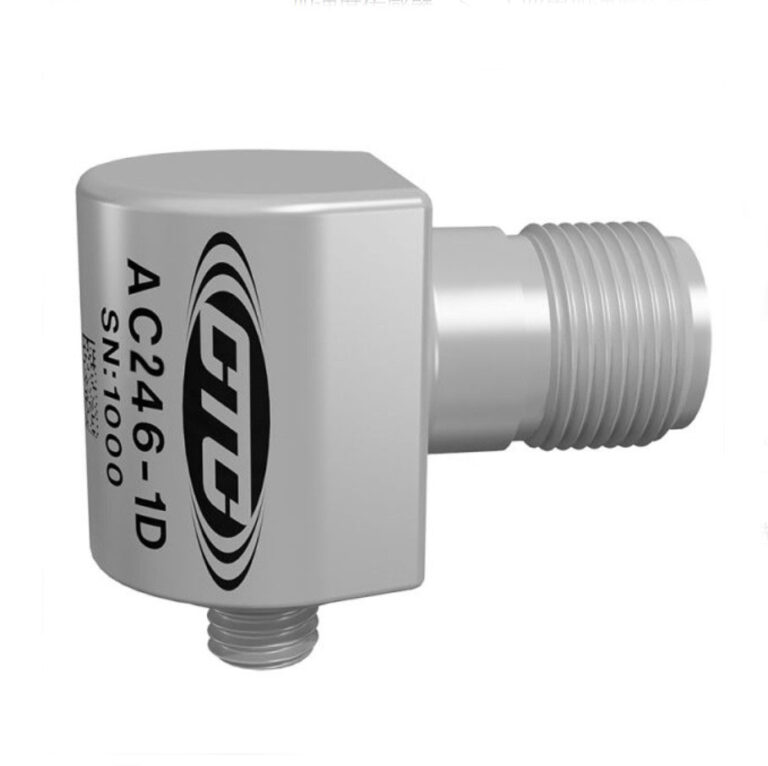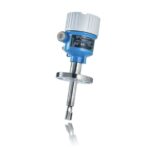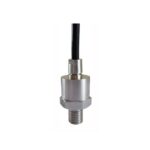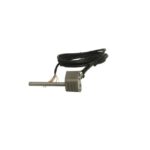CTC Uniaxial Test Accelerometer: Purpose and Applications
A CTC uniaxial test accelerometer is a precision sensor designed to measure vibration or acceleration in a single direction (e.g., X, Y, or Z-axis). Widely used in engineering and industrial testing, the CTC uniaxial test accelerometer provides reliable data for analyzing dynamic behavior in machinery, structures, and prototypes.
Key Applications
Vibration Testing
Deploy the CTC uniaxial test accelerometer to monitor vibrations in rotating equipment (e.g., motors, turbines) or assess structural responses in bridges and buildings.
Quality Control & R&D
Validate automotive components (e.g., suspensions) or aerospace systems under simulated stress conditions.
Environmental Simulation
Test product durability against vibrations during transportation (e.g., electronics, industrial packaging).
Uniaxial vs. Triaxial Accelerometers
CTC uniaxial test accelerometer: Focuses on single-axis measurements, ideal for applications with well-defined directional forces (e.g., linear motion analysis).
Triaxial: Captures multi-directional acceleration data but requires higher cost and complexity.
Features of CTC Accelerometers
High Sensitivity: Delivers accurate signals (e.g., 100 mV/g) across a broad frequency range (0.5 Hz–10 kHz).
Durability: Built to withstand extreme temperatures, humidity, and mechanical shock.
Compact Design: Minimizes interference with lightweight test objects.
Use Cases
Industrial: Predictive maintenance of pumps, compressors, and gearboxes.
Automotive: Engine vibration analysis and NVH (Noise, Vibration, Harshness) testing.
Aerospace: Structural health monitoring of aircraft wings or rocket components.
Best Practices
Mounting: Secure the sensor firmly (e.g., adhesive, stud) to avoid signal noise.
Calibration: Regularly calibrate for long-term accuracy.
For tailored solutions, refer to CTC’s technical specifications or consult their engineering team. Let me know if you need further adjustments!





